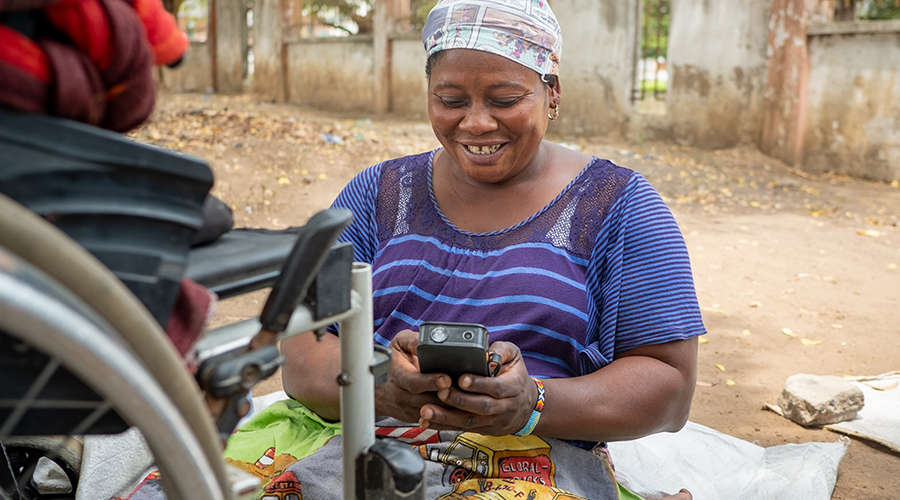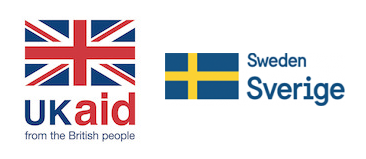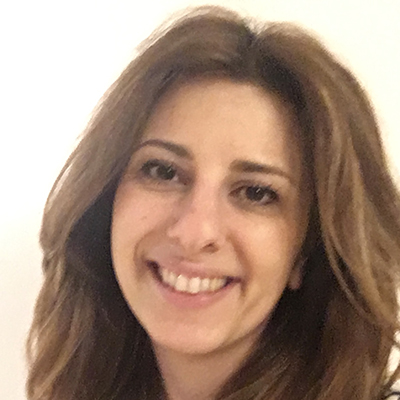Over the past decade, the proliferation of mobile money across Sub-Saharan Africa has been a catalyst for the financial inclusion of millions of those previously underserved by traditional banks. More than half of the globe’s active mobile money accounts are now located in this region, with Kenya and Ghana being two of the largest mobile money markets in the world. Additionally, the International Finance Corporation has named Ghana as the fastest growing mobile money market in Africa, substantially increasing the financial inclusion of underserved communities.
Considering this growth trajectory, and the convenience of transacting from a mobile phone, mobile money and other fintech solutions have the potential to significantly improve the financial inclusion of persons with disabilities. Mobile money wallets provide access to a range of financial services, not only person to person transactions, but also merchant payments (online or in-person), savings and micro loans and insurance. Transacting via mobile removes barriers such as: inaccessible infrastructure, often faced by customers with mobility or visual impairment; systemic discrimination of persons with visible disabilities in approval processes of loans; bank tellers with no or little training on inclusion or how to better serve customers with disabilities; and communication barriers.
Today, around 15 per cent of the global population live with at least one form of disability, 80 per cent of which live in low and middle-income countries. Yet, despite this high proportion, persons with disabilities continue to experience restricted access to financial services. Given this reality, mobile money could provide more equitable access for persons with disabilities.

Mobile money is already widely used by persons with disabilities in Ghana
Our recent research in Ghana shows that persons with disabilities have relatively high levels of mobile money account ownership with 72 per cent reporting having an account.[1] However, when comparing the data with non-disabled respondents, we find that the disability gap is still substantial, as persons with disabilities are 17 per cent less likely to have an account than non-disabled persons in Ghana.
Furthermore, persons with disabilities are not a homogenous group, and as such, when we disaggregate the data by type of disability, we find that 76 per cent of people with mobility impairments have an account versus 67 per cent of persons with visual impairment. It is worth noting here that for persons with some disabilities such as visual impairments, there are more barriers when managing a mobile money account from a basic mobile phone than using a smartphone.
Analysis by gender provides further insights and highlights how the disability gap can widen further. In Ghana, women with disabilities (the group with lowest level of account ownership at 68 per cent) are 25 percent less likely to own an account than men without disabilities (the group with highest level of ownership at 91 per cent). Similarly, persons with disabilities living in rural areas are 23 per cent less likely to own a mobile money account than non-disabled persons living in urban areas.
This data shows that, to provide equitable access to mobile-enabled financial inclusion, industry stakeholders and innovators need to consider the nuances to ownership, including intersectionality between gender and disability, and the different needs and barriers facing persons with different types of disabilities, e.g. providing accessibility features such as audio confirmations or Interactive Voice Response technology. In the absence of such considerations, owning and using a mobile money account can still be inaccessible or only accessible with the assistance of a trusted person.
Taking action to improve the financial inclusion of persons with disabilities
Mobile money and other fintech innovations have the power to transform the experience of persons with disabilities for financial inclusion. However, the barriers preventing persons with disabilities from accessing mobile services including mobile financial services, are complex and cannot be addressed by mobile operators alone. Collaborative actions are needed to raise awareness on both mobile money and other fintech solutions, and accessibility functions that can support the inclusion of persons with disabilities. Making smartphones more affordable for persons with disabilities would also tackle a significant barrier, as would digital skills training designed to support the learning journey of persons with different types of disabilities.
Bridging the mobile disability gap – including mobile financial services – requires action and collaboration between the international community, policymakers and regulators, and the mobile industry. In 2020, the GSMA Assistive Tech Programme developed a framework, including recommended activities, to help address the barriers that currently prevent persons with disabilities from accessing and using mobile-enabled products and services. These can be found in the Principles for Driving the Digital Inclusion of Persons with Disabilities.
[1] GSMA (2022). Closing the Mobile Disability Gap in Ghana: Insights and Recommendations

This initiative is funded by UK aid from the UK government and by aid from the Swedish International Development Cooperation Agency (SIDA), and is supported by the GSMA and its members. The views expressed do not necessarily reflect the UK or Swedish governments’ official policies.


